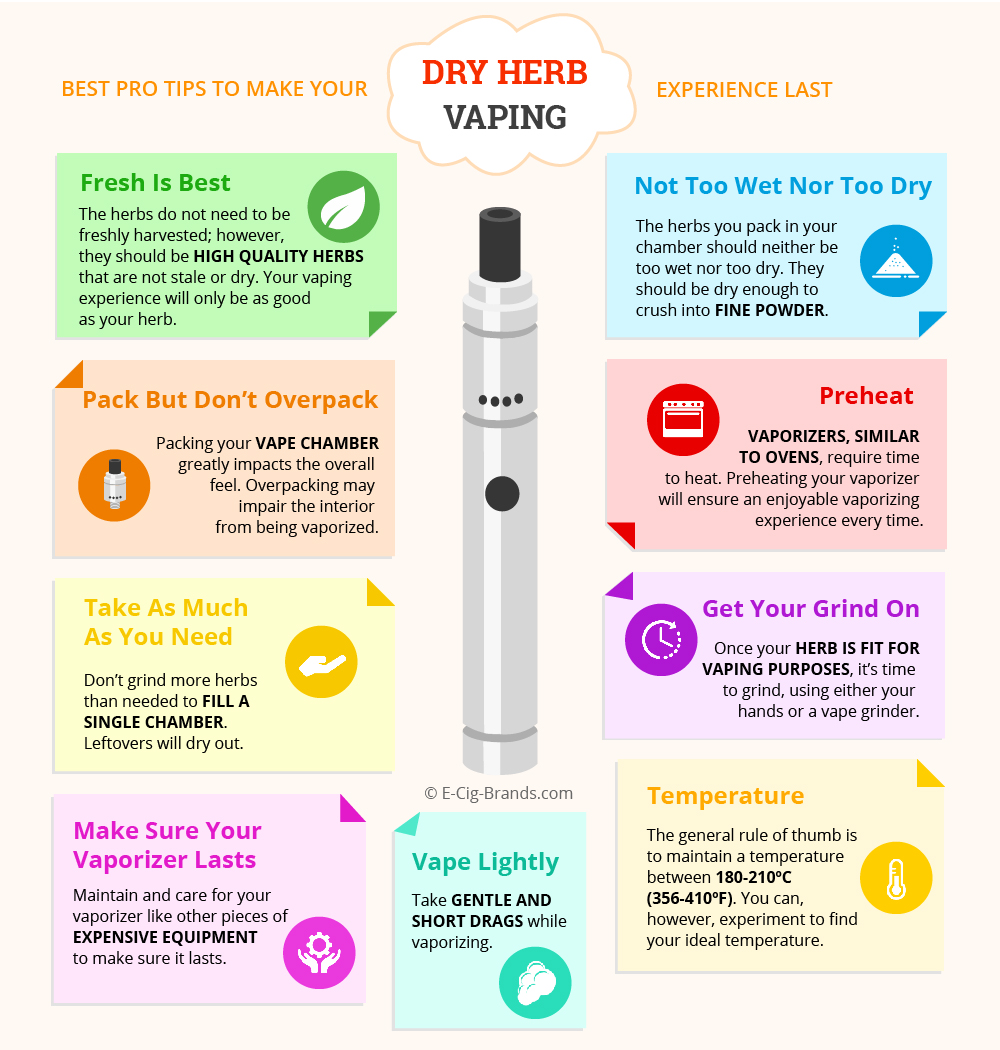

“I don’t think vaping is mentioned much when obtaining the patient history and doing risk assessment,” Huey said. “Nurses are on the front lines, educating and promoting smoking cessation efforts to the public, and they must be well-informed of the harms and benefits associated with any suggested alternative to traditional tobacco use,” Huey wrote in her report, “ Escape the Vape: Health Hazards of the Latest Nicotine Craze,” which was co-authored by fellow School of Nursing & Health Studies professor Margaret Granitto, MS, ANP-BC. Researchers estimated that 20 puffs from an e-cigarette is equivalent to smoking one tobacco cigarette.Īs the use of e-cigarettes continues to grow, there is an urgency for scientists to unanimously identify vaping health risks, despite vaping possibly being less harmful than smoking traditional cigarettes. The extent of e-cigarettes’ damage depends on the amount of vapor a user inhales and whether the liquid contains nicotine and other added substances. Researchers conclude that e-cigarettes are as likely as traditional cigarettes to cause cellular mutations to human DNA, which is what leads to cancer. Although it may be less harmful than tar-laden tobacco cigarettes, this is normalizing smoking as a habit again and may have an unwanted effect in the end.”Īdditionally, a 2017 study on the potential health effects of vaping contradicts previous findings, suggesting that e-cigarettes are just as potentially harmful as tobacco cigarettes - possibly even more so - when it comes to causing DNA damage. “It is a different conversation when discussing smoking cessation or just vaping as a never smoker. “ research focused on those who are quitting tobacco but populations who are taking up this habit and getting addicted to nicotine,” Huey said. However, experts like Georgetown University School of Nursing & Health Studies professor Sally Huey, DNP, APRN, FNP-BC, are concerned that published research on leveraging e-cigarettes as harm reduction doesn’t take into account those who start vaping as an entry into nicotine use. “A Different Conversation” on Vaping Health Effects Their findings actually encourage current smokers to turn to vaping in place of using traditional cigarettes, which the RCP believes contain significantly higher levels of carcinogens. In a report on tobacco harm reduction, researchers from the Royal College of Physicians (RCP) conclude that “the hazard to health arising from long-term vapour inhalation from the e-cigarettes available today is unlikely to exceed 5% of the harm from smoking tobacco.” The RCP acknowledges that e-cigarettes would likely increase the risk of lung cancer, cardiovascular disease, and chronic obstructive pulmonary disease (COPD), but at much lower levels of risk. “Vaping” is the act of breathing vapor through an e-cigarette and was originally advertised as a smoking cessation tool to quit traditional cigarettes, which are currently responsible for about 30% of all cancer deaths. However, over the last several years, e-cigarettes - battery powered devices that heat up nicotine liquid for smoking - have re-exposed America’s youth to addiction. Hall put a face to the 480,000 Americans who die from smoking each year, and she is credited with the most powerful anti-tobacco narrative of the 21st century.


She spoke slowly through a hands-free device that fit in a hole in her throat, the use of which was a result of decades of smoking and 11 different cancer diagnoses. In 2001, Terrie Hall became the anti-smoking voice heard around the world, as the Centers for Disease Control and Prevention (CDC) debuted its renowned, albeit alarming, Tips From Former Smokers campaign aimed at young smokers - except it wasn’t her actual voice.


 0 kommentar(er)
0 kommentar(er)
